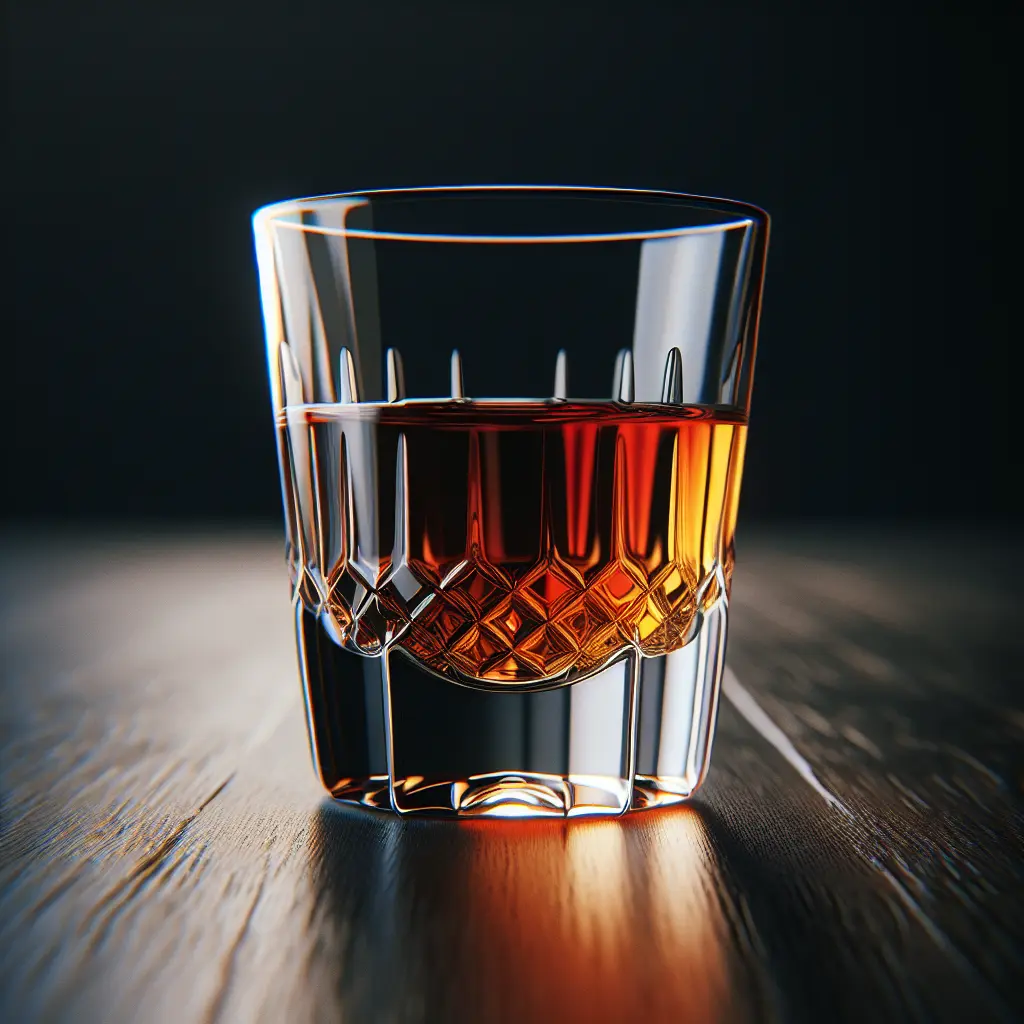A Liquid History: The Origins of Whisky
Whisky's lineage can be traced back to the Middle Ages, where it was initially crafted by monks in monasteries. The art of distillation, brought to Europe by Arab traders, played a pivotal role in the spirit's development. Over time, whisky production spread across the globe, with Scotland, Ireland, and the United States emerging as renowned centers of whisky-making.
From Grain to Glass: The Production Process
The journey of whisky begins with the selection of grains. Barley is the most commonly used, but other grains like wheat, corn, or rye can also be employed. The grains are malted, a process that involves soaking them in water and allowing them to germinate. This triggers the release of enzymes that convert the starches in the grain into fermentable sugars.
Once malted, the grains are dried and milled before being mashed with hot water. This creates a sweet liquid called wort, which contains the fermentable sugars. Yeast is then introduced to the wort, initiating the fermentation process. During fermentation, the yeast consumes the sugars and converts them into alcohol and carbon dioxide.
The fermented liquid, now known as wash, is then distilled. Distillation involves heating the wash, causing the alcohol to evaporate. The vapors are condensed and collected, resulting in a higher-proof spirit. Depending on the desired characteristics, the distillate may undergo multiple rounds of distillation.
A Spectrum of Flavors: Types of Whisky
The world of whisky is vast and diverse, with countless variations in flavor and style. Some of the notable types include:
-
Scotch Whisky: Produced in Scotland, Scotch whisky is renowned for its smoky, peaty notes. It must be aged for at least three years in oak casks and adhere to strict regulations governing its production.
-
Irish Whiskey: Known for its smooth, mellow character, Irish whiskey undergoes a triple distillation process. It is typically aged for a shorter period compared to Scotch whisky.
-
American Whiskey: Encompassing a wide range of styles, American whiskey can be made from various grains and aged in different types of barrels. Bourbon, rye, and Tennessee whiskey are some of the popular American whiskey varieties.
-
Canadian Whisky: Blended from various grain whiskies, Canadian whisky is characterized by its light, smooth flavor. It undergoes a minimum aging period of three years in oak barrels.
Savoring the Spirit: Tasting Whisky
Whisky appreciation goes beyond mere consumption; it involves engaging all the senses. Pour a small amount into a glass and let it rest for a few moments, allowing the aromas to develop. Swirl the glass gently to release the full spectrum of scents.
Take a sip and let the liquid linger on your palate. Pay attention to the initial taste, the evolving flavors, and the lingering finish. Note the texture, weight, and warmth of the spirit.
Conclusion
Whisky is more than just a beverage; it is a testament to human ingenuity and a reflection of cultural heritage. Its rich history, diverse flavors, and timeless appeal continue to captivate enthusiasts worldwide. Whether enjoyed neat, on the rocks, or as part of a crafted cocktail, whisky offers a sensory experience that transcends the ordinary. So raise a glass and savor the 'water of life', appreciating its complexity and the centuries of tradition that have shaped its existence.
How many calories are in Whisky?
Each 1 shot of Whisky contains 97 calories.
Whisky Nutritional Information
| Nutrient | Amount per 1 shot (42g) |
|---|---|
| Calories | 97 Calories |
| Protein | 0g |
| Fat | 0g |
| Saturated Fat | 0g |
| Cholesterol | 0mg |
| Carbohydrates | 0g |
| Dietary Fiber | 0g |
| Sugar | 0g |
| Sodium | 0.0004mg |
| Potassium | 0.0008mg |
| Calcium | 0mg |
| Iron | 0mg |
